Last updated on 2025-09-11
A review and photo examples of the Pentax Q7 interchangeable lens mirrorless digital camera.
- Please see the disclaimer regarding advertising here.
- Italicized links in the text are advertisement links that take you to other sites.
Table of contents
Gallery
The lens used in the photo examples is the :
- Ms-optics SONNETAR 25mm F1.1
- 01 STANDARD PRIME
- 03 FISH EYE
- 04 TOY-WIDE
- 05 TOY-TELEPHOTO
- 06 TELE PHOTO ZOOM
- 08 WIDE ZOOM
Review
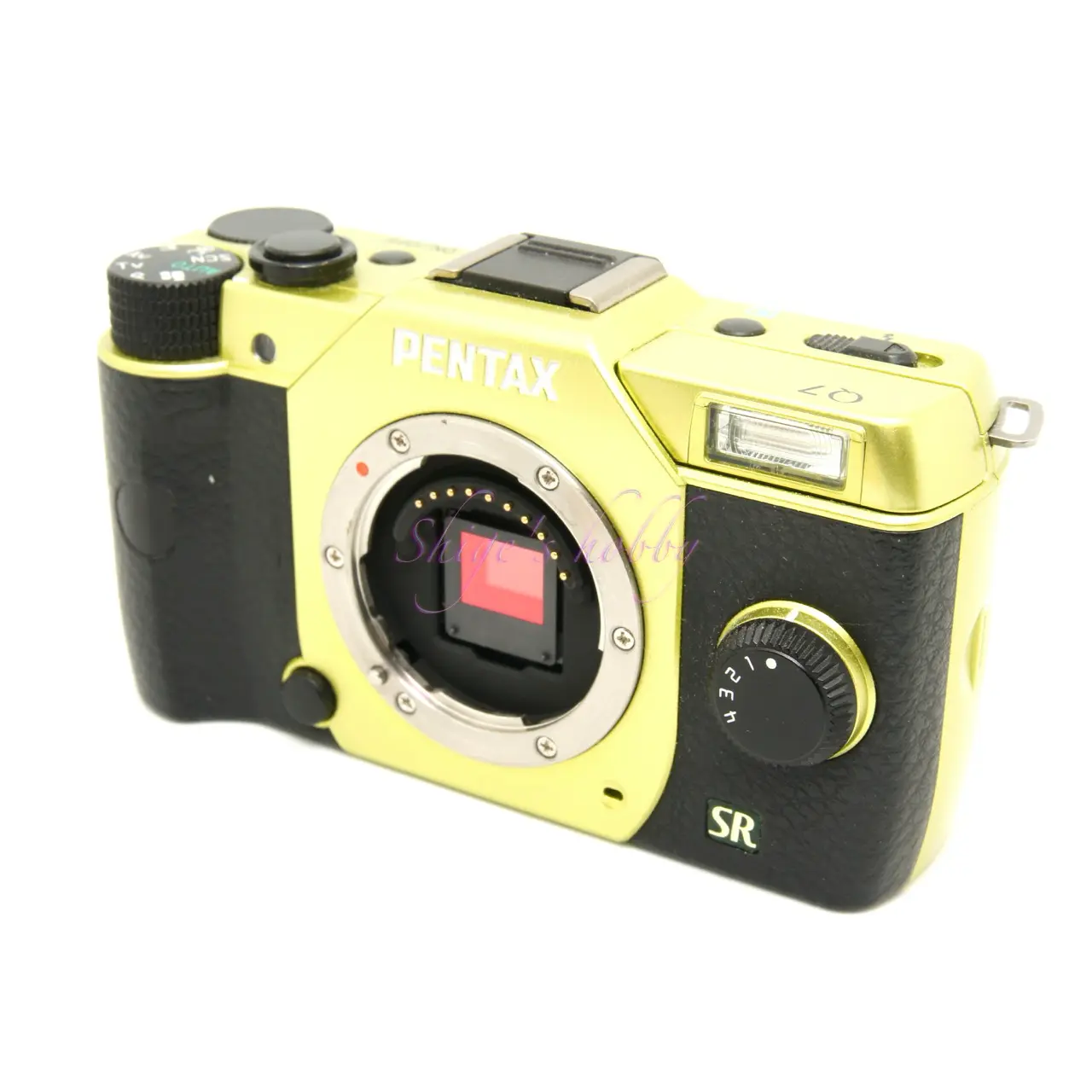
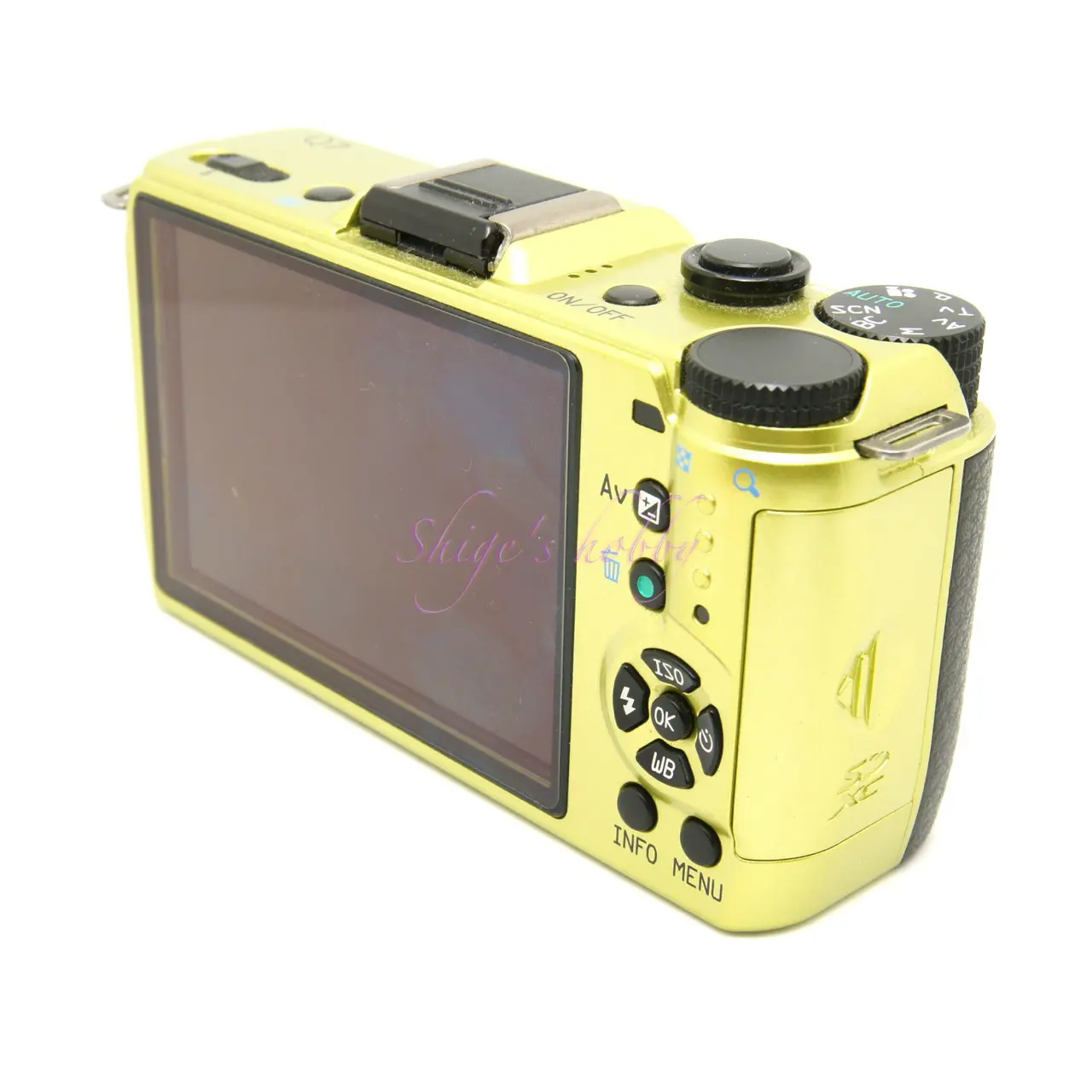
1.Overview
The Pentax Q7 was released in 2013 and is the third generation of the Pentax Q series of interchangeable lens mirrorless cameras.
The size of the image sensor, the heart of the digital camera, has been changed to 1/1.7 inches (7.5mm x 5.6mm = 42mm2).
The sensors of the original Q and its predecessor, the Q10, were 1/2.3 inches (6.2mm x 4.7mm = 29mm2), while the sensor of the Q7 is 1.5 times (1.448… times to be exact) larger in area.
As a result of this change, the coefficient for converting the focal length to 35mm is about 4.6 times, which is an advantage when shooting landscapes, etc., as it is slightly wider than the Q and Q10.
Specific 35mm equivalent focal lengths are listed in the dedicated lens linked below.
For example, the standard lens, 01 Standard prime, with a focal length of 8.5mm, is equivalent to a 47mm focal length in 35mm format on the Q and Q10, and 38.7mm on the Q7 and Q-S1.
The change in sensor size means that some lenses made during the era of the 1/2.3-inch sensor used in the Q and Q10 suffer from degradation of image quality at the periphery of the image when photographed with the Q7 and Q-S1. Click here for a review of the Q10.
The Q7 supports SDXC cards, which are the largest capacity SD card, so there is no problem with the availability of recording media on the market.
The included battery is model number D-LI68, which was later changed to D-LI122. Fujifilm’s NP-50, NP-50A, and Kodak’s KLIC-7004 also have the same shape.
A common feature of the Pentax Q series is that the camera body does not have a mechanical shutter, and the 01, 02, 06, and 08 are equipped with a leaf shutter. Other toy lenses use the camera’s sensor shutter. The K-Mount Lens Adapter Q, which allows you to use Pentax K-mount lenses with this camera, is a luxurious adapter that has a shutter mechanism built into the mount adapter.
2.Usability
The Pentax Q7 I own is a customized lime + black color, and I also got a 01 Standard prime in the same lime color, so the color coordination is perfect.
The thing I feel most when using it is that the image quality of the Q10 and Q7 is almost the same as that of a compact digital camera.
There is speculation that the deterioration of image quality of compact cameras is not only due to the small sensor, but also due to poor lens construction, but even when using the 01 Standard prime lens dedicated to the Pentax Q, I cannot get a good image, so I think that the theory that the image quality is limited by the capabilities of the image sensor in the 2010s is correct.
As seen in smartphone cameras in the 2020s, when you see the improvement in image quality due to the improvement in image processing performance in extremely small sensors, the Q series seems to be 10 years ahead of its time.
The camera’s startup speed and shooting tempo are completely fine for general shooting, and you can shoot 5 frames per second in JPEG (Hi). Continuous shooting is not possible in Raw format. If you do not shoot with plenty of time in Raw, the memory buffer will overflow and you will not be able to shoot until the writing to the memory card is finished.
There are many buttons for a compact body, and most operations can be performed without going into the menu screen to change settings, so there is no need to call up the menu while shooting. Exposure compensation is assigned to the dial, and there are separate buttons for ISO sensitivity change and white balance, making this a highly refined camera.
The metal fittings for attaching the strap are sturdy enough to accommodate a relatively wide strap, and if the product had sold well, it seems likely that a dedicated compact 1000mm 35mm equivalent lens would have been released. For example, a 100mm AF mirror lens (500mm 35mm equivalent) would have made enthusiasts happy. This can be partially achieved by attaching a K-mount lens to the K-mount Lens Adapter Q, but the lens would be unnecessarily large.
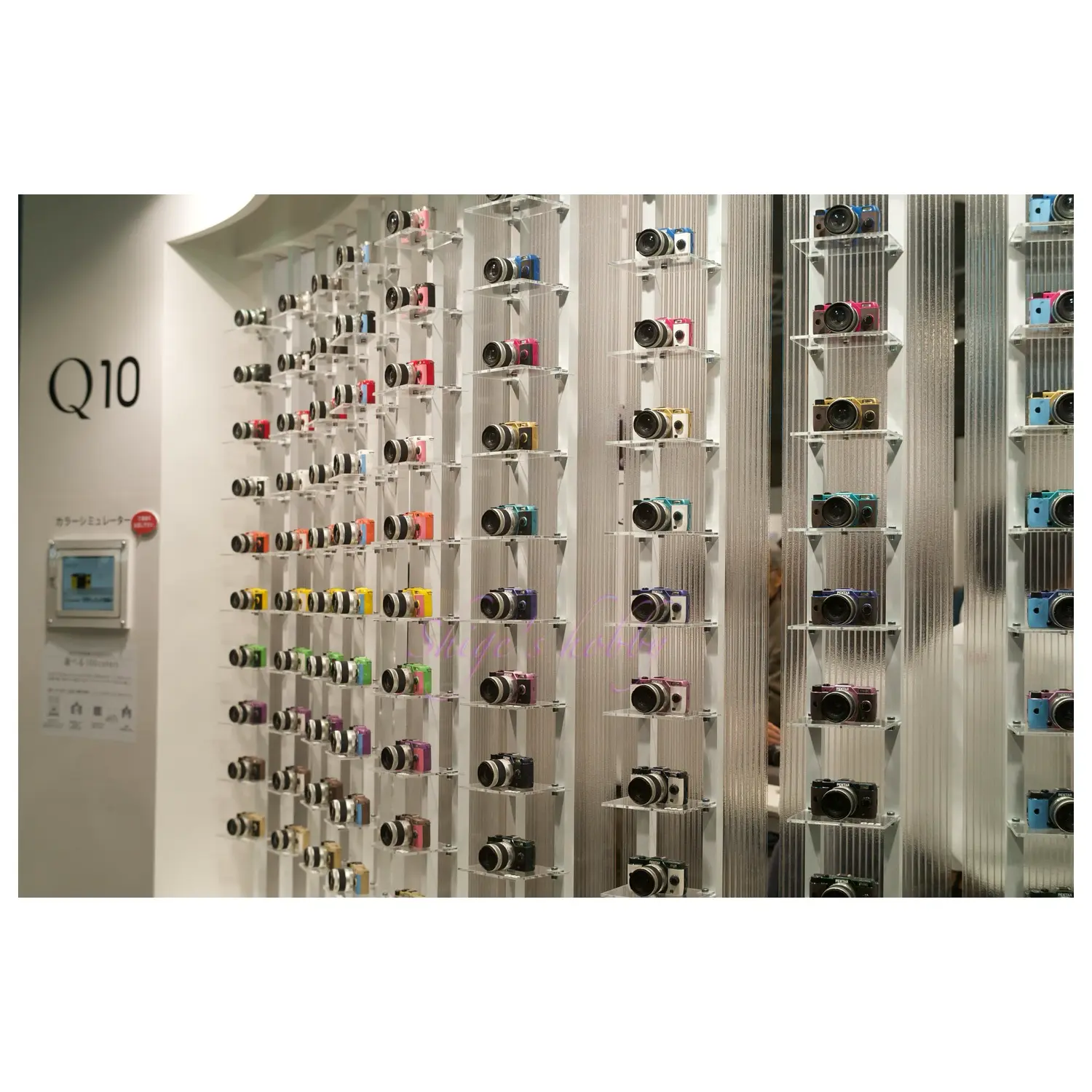
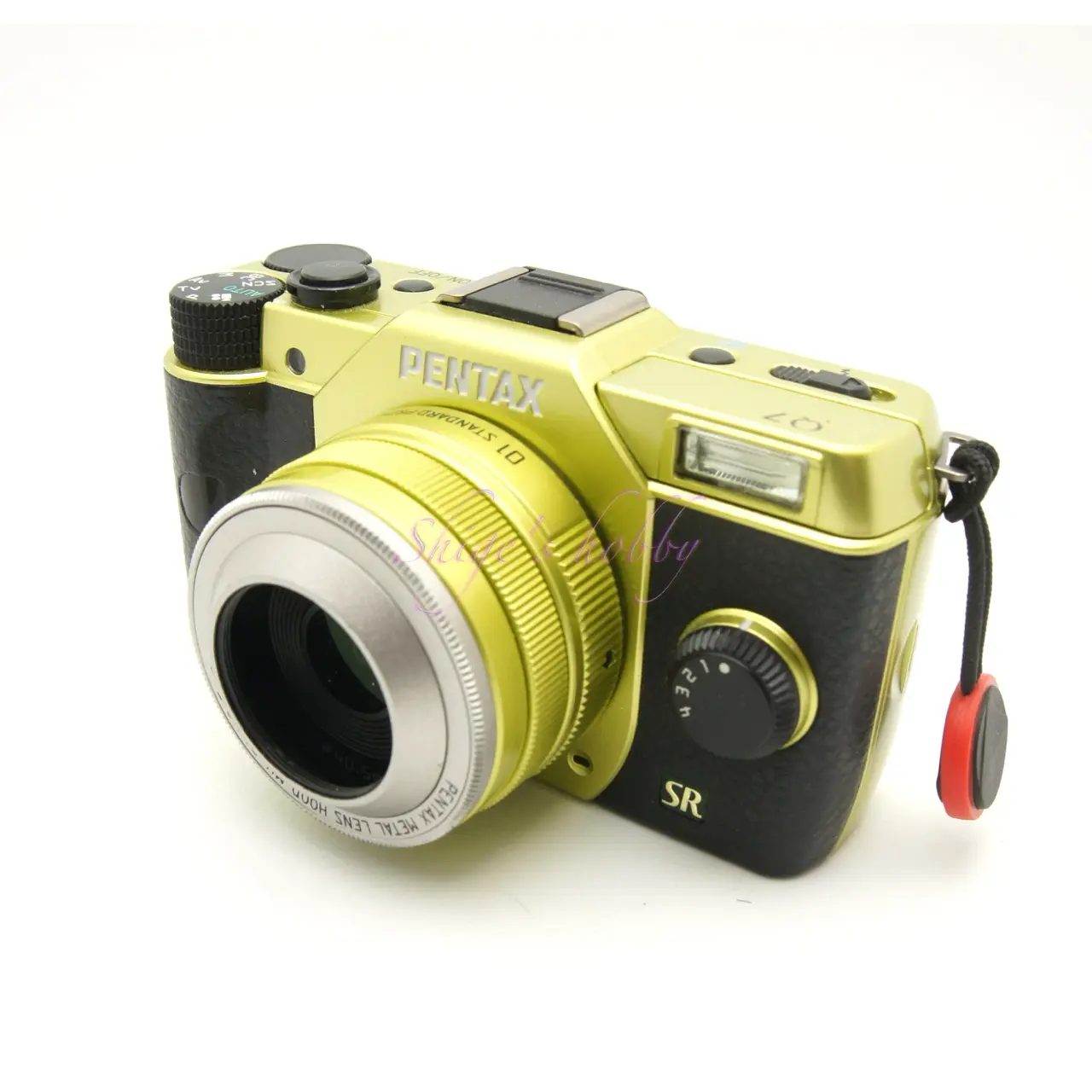
3.Summary
In conclusion, to sum up the Pentax Q7, the image sensor size is slightly larger than the previous Q series, but the fundamental image quality remains the same. The Q series shattered the illusion that image quality can be improved with lens performance even with a small sensor, and dealt the final blow to small sensor cameras.
If you aim to create pictures like paintings using image processing, like smartphones in 2025, there is no need to use an interchangeable lens camera. This camera is also a flower that appeared at the turning point of the times, and it can be said that this is why it is loved by a small number of enthusiasts.
Digression
The Pentax Q series was popular among camera enthusiasts because it was a compact interchangeable lens camera. However, it did not catch on with the general public and reached the end of its product life in three years.
This fact shows that the value of being able to change lenses while still having the same quality of images as a compact digital camera does not appeal much to general users, as even Nikon, one of the major camera manufacturers, has failed with its small-sensor interchangeable lens cameras.
From the user’s perspective, when considering purchasing a relatively expensive interchangeable lens camera, the small sensor size of even Olympus and Panasonic’s M4/3 is considered a negative factor.
It is easy to understand that when you go to a store, you will have to choose at least an APS-C size sensor, and if possible, a full-size sensor.
For these reasons, the few years from 2011 were considered to be a crossroads that determined the direction of interchangeable lens digital cameras.
The rise in the used price of Q series lenses in the 2020s is an ironic phenomenon that is made possible by fighting over a small pie.
In the 2010s, sensors below Micro Four Thirds were left behind, but in the 2020s, Sony, the pioneer in full-frame 35mm sensors, and the two major forces, Nikon and Canon, are seriously supplying 35mm full-frame sensor cameras.
By choosing an APS-C size sensor, Fujifilm seems to be staying in the market in the 2020s.
Given its product supply policy that seems to be fueling a sense of hunger within Japan, it seems like the company could fall off a cliff at any time, but at the moment it is supported by enthusiastic users and skillful product supply.
With so many suppliers at present, it will be very interesting to see how this tool known as the digital camera will develop in the future.
Specifications and series camera comparison
| Items | Q | Q10 | Q7 | Q-S1 |
| Number of pixels | 12.4 megapixels | ← | ← | ← |
| Sensor type | CMOS | ← | ← | ← |
| Sensor size | 1/2.3 | ← | 1/1.7 | ← |
| Image Stabilization | Image sensor shift method | ← | ← | ← |
| Back LCD size | 3 | ← | ← | ← |
| Back LCD | 460,000 dots | ← | ← | ← |
| Electronic Leveler | None | ← | Exist | ← |
| Battery | D-LI68 | ← | ← | ← |
| Record media | SD、SDHC、SDXC | ← | ← | ← |
| Size(mm) W x H x D | 98 × 57.5 × 31 | 102.0 × 58.0 × 33.5 | ← | 105.0 × 58.0 × 34.0 |
| Weight (g) *1: Main unit only *2: Battery + media | 180 *1 200 *2 | ← | ← | 183 *1 203 *2 |
| Release date | 2011.8.31 | 2012.10.12 | 2013.7.5 | 2014.8.28 |
| Body color | Black White Silver (limited edition) | Order Color Evangelion Color x3 | 120 Order Color | 40 color variations |
Options
- Waterproof remote control O-RC1
- Auto flash AF201FG
- Auto flash AF200FG
- Rechargeable lithium-ion battery D-LI68
- Battery charger kit K-BC115J
- Camera bag O-CB133
- Camera case (with strap) O-CC131
- Soft case O-CC1333
- Camera case (with front) O-CC133
- K-mount lens adapter Q
・Pentax Q Lenes
| Number | Lens name | Focal length | Q10 | Q7 | PPrice(Yen/No-tax) |
| 01 | STANDARD PRIME | 8.5 | 47 | 39 | 17,000- |
| 02 | STANDARD ZOOM | 5〜15 | 27.5〜82.5 | 23〜69 | 25,000- |
| 03 | FISH EYE | 3.2 | 17.6 | 16.5 | 10,000- |
| 04 | TOY-WIDE | 6.3 | 35 | 33 | 6,000- |
| 05 | TOY-TELE | 18 | 99 | 94 | 6,000- |
| 06 | TELE PHOTO ZOOM | 15〜45 | 82.5〜247.5 | 69〜207 | 14,000- |
| 07 | SHEILD | 11.5 | 63 | 53 | 3,000- |
| 08 | WIDE ZOOM | 3.8〜5.9 | 21〜32 | 17.5〜27 | 40,000- |
| Ms-optics | Sonnetar 25mm F1.1 | 25 | 137.5 | 115 | 48,000- |
・Patent pending lenses
According to a patent filed and published by Ricoh Imaging Co., Ltd., four interchangeable lenses were planned: two wide-angle prime lenses, a medium telephoto macro lens, and a telephoto prime lens. With the discontinuation of the Q series, the plans for new lenses never came to fruition.
| Patent Publication Number | Name (guess) | Focal length | F number | Q10 | Q7 | |
| Patent Publication 2016-4093 (P2016-4093A) January 12, 2016 (2016.1.12) | WIDE PRIME | 4.20 *3 | 1.8 | 23 | 19 | |
| Patent Publication 2014-109711 (P2014-109711A) June 12, 2014 (2014.6.12) | WIDE PRIME | 4.40 *3 | 1.4 | 24 | 20 | |
| Patent Publication 2015-4717 (P2015-4717A) January 8, 2015 (January 8, 2015) | TELEPHOTO MACRO | 18.0 *3 | 2.8 | 99 | 83 | |
| Patent Publication 2014-81457 (P2014-81457A) May 8, 2014 (2014.5.8) | TELEPHOTO PRIME | 44.65 *3 | 1.8 | 249 | 205 |
Reference links
Affiliate link

Amazon Prime Sale
Update history
- 2025.4.16
- 2024.06.18

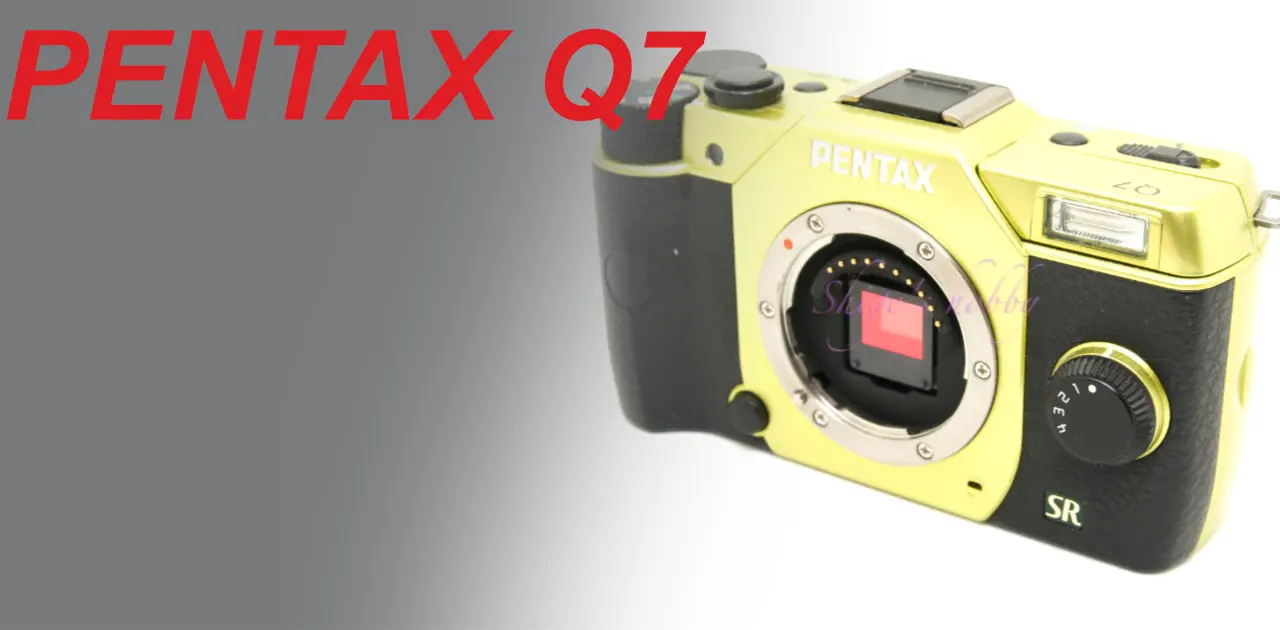

Be First to Comment